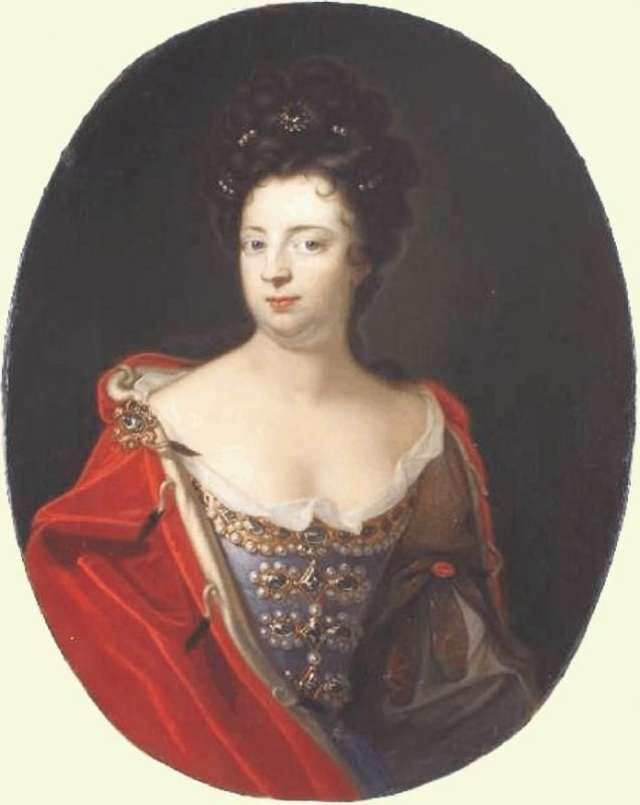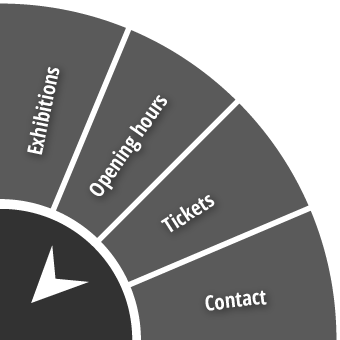Temporary exhibition
The latest exhibition at the Museum of Warmia and Masuria, "Portrait inspirations", has been opened in the baroque wing of the Olsztyn Castle. The aim of the exhibition is to familiarize the viewers with the concept of the painting prototype and the meaning of graphics in service of the royal diplomacy, as well as its role in the dissemination of images. Often, when visiting old residences, we have the opportunity to view portraits of their former owners taking the form of full figure, bust, en face, three-quarters or profile paintings. In the first hall you will be able to see the oldest paintings painted in the 17th century by artists working in the Netherlands, Prussia and Poland. Among these, a prominent place is occupied by the likenesses of Electors of Brandenburg, Frederick William and Frederick III – from 1701 king of Prussia Frederick I and the image of the United Netherlands governor family member, Mauritz Johan von Nassau-Siegen, governor of Brazil, portrayed as a knight of the Order of St. John. Royal portraits were often the model and inspiration for those commissioning their own likenesses, and artists. Hence, next to the named individuals, we shall present portraits of the nobility – the Radziwiłł, Dohna and Doenhoff families. Surely among exhibitive rarities are the old prints, decorative plates and figures cast in bronze, seldom displayed to the public. Exhibited in the second hall are mostly eighteenth-century paintings juxtaposed with later images created in the 19th and 20th centuries. In this hall, we present various portraits of Frederick Augustus II of the Wettin dynasty as the Elector of Saxony and as King of Poland Augustus III in the company of his spouse, Maria Josepha of Austria. Next to painted representations of said couple, the Museum presents a porcelain figure of Augustus III in Polish attire, made in Miśnia in accordance with the prototype by Johann Joachim Kandler (1741). Presented in the next hall are portraits of emperors Joseph I and Wilhelm I, King of England and Willem III, governor of the United Netherlands, kings of Prussia – Frederick II and respectively Frederick William I, Frederick William II, Frederick William III and Frederick William IV together with their spouses and portraits of Polish kings, John III Sobieski and Augustus III. Hung next to the portraits of said rulers shall be the likenesses of their subjects from the Tettau, Kanitz, Lehndorff and Berg families. In this part of the exhibition, the figures should be particularly noted. The first one, made in the Kadyny Majolica Factory in 1914. The two others are the works of prominent sculptors: Ulrich von Salpius (1857), bearing traces of its unusually turbulent history, and Adolf Wildt. The last hall is a studio of an artist – painter, graphic artist, photographer. Here, we present the works of twentieth-century artists juxtaposed with paintings created in the 18th and 19th centuries, and eighteenth-century prints. Unlike the previous works, they often contain hidden subtexts giving room for interpretation.
Most of the works presented at the exhibition come from own collections of the Museum of Warmia and Masuria. Only a few paintings were borrowed from the Wojciech Kętrzyński Museum in Kętrzyn, Museum in Ostróda and the BWA Gallery of Contemporary Art in Olsztyn.
Most of the works presented at the exhibition come from own collections of the Museum of Warmia and Masuria. Only a few paintings were borrowed from the Wojciech Kętrzyński Museum in Kętrzyn, Museum in Ostróda and the BWA Gallery of Contemporary Art in Olsztyn.








